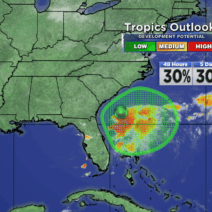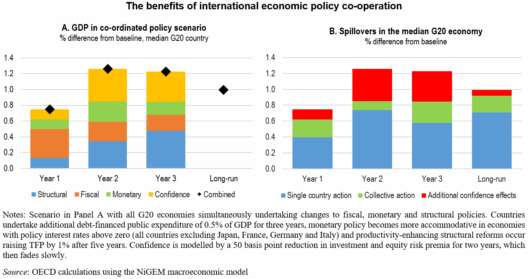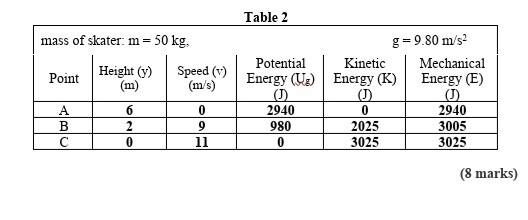The intricate dance of energy during collisions is a captivating phenomenon that invites contemplation and inquiry. While many have encountered the concept of conservation of kinetic energy in elastic collisions, a tantalizing question surfaces: What happens to the kinetic energy that is not conserved during inelastic collisions? To unravel this energy mystery, one must delve into the dynamics of collisions, the mechanics involved, and the transformations that occur when kinetic energy dissipates.
Collisions can be broadly classified into two categories: elastic and inelastic. In elastic collisions, kinetic energy is preserved before and after the interaction. Think of it as two perfectly balanced dancers executing a flawless routine—every move, every energy exertion is accounted for. However, when we transition to inelastic collisions, the narrative transforms considerably. Here, kinetic energy is not conserved. It’s as if one dancer trips, leading to a cascade of consequences that alters the energy landscape.
During an inelastic collision, some of the kinetic energy is converted into other forms of energy, such as thermal energy, sound energy, and potential energy. The transformation occurs due to various factors including deformation of the colliding bodies, friction, and heat generation. For instance, when a car crashes into a wall, it crumples and deforms; the kinetic energy imparted to the vehicle doesn’t just vanish into thin air. Instead, it disperses. The metal bends, and the sound of the collision echoes—both manifestations of energy transformations.
To elucidate this transformation process, it’s helpful to consider the concept of energy conversion. Energy in its various forms—kinetic, potential, thermal—exists as an interconnected web. In an inelastic collision, the kinetic energy which would have propelled the objects maintains its essence but transmutes into different states. When two massy bodies collide inelastically, a considerable portion of the kinetic energy transforms into thermal energy. The elevated temperature of the colliding surfaces is a direct indicator of energy’s mutability. Heat generated in this manner can warm the surrounding environment, demonstrating energy’s tendency to disperse into the surroundings.
Moreover, sound energy plays a significant role in these interactions. The auditory manifestations—crashes, booms, thuds—are overt signs of energy being emitted as sound waves. Each collision releases a distinct sound signature, illustrating the chaotic energy distribution at play. The notion of ‘sound energy’ explores how energy is transmitted through vibrations, making it palpable even to the untrained ear.
Another contributing factor is the potential energy aspect associated with deformations. Inelastic collisions often involve significant structural changes. When one object compresses against another, the kinetic energy lost may be stored momentarily as potential energy in the deformed structure. This potential energy may later be transformed back into kinetic energy if the bodies rebound slightly or return to their original shape. However, much of it irrevocably disappears from the system, consumed by internal friction and other dissipative processes.
Interestingly, this kinetic energy loss invites consideration of energy efficiency in various systems. In vehicular safety measures, for instance, crumple zones exploit this principle. These sections of a car are deliberately designed to deform upon impact, thereby absorbing kinetic energy and dissipating it in non-destructive ways. This not only protects the occupants but illustrates a clever manipulation of energy—as energy is transferred, it is also conserved in a broader contextual framework, emphasizing the importance of design in modern engineering.
Throughout this mechanical interplay, a trickle-down effect occurs. Energy dissipated during inelastic collisions contributes to phenomena such as heat and sound pollution, which are significant considerations in contemporary environmental discussions. As kinetic energy is transformed and redistributed through various forms, it underscores the intrinsic interactivity of energy systems. The wasteful energy dispersion has implications in automotive industries, construction, and even sports science—fields where minimizing energy loss can translate into improved safety and performance.
The essence of energy dictates that it cannot simply cease to exist; rather, it transmutes. Thus, investigating the nature of energy after collisions leads to broader themes in environmental conservation and the call for sustainability. The challenge posed by the energy mystery interrogates our understanding of not just physics, but the ramifications of our activities on the planet. Do we design our technologies with an awareness of the energy they consume and dissipate? Are we conscientious of the environmental impacts stemming from these inevitable transformations?
As you ponder the fate of kinetic energy that is not conserved in collisions, the interplay between energy efficiency and environmental stewardship becomes evident. We are tasked with the responsibility to recognize these energetic exchanges in our daily lives, from automotive advancements to urban planning. As energy continually transforms and flows, understanding these fundamentals serves not only scientific inquiry, but also as a guiding principle in the symbiotic relationship between technology and the environment.
In conclusion, while kinetic energy may not be conserved during inelastic collisions, its essence persists through various transformations. Its journey becomes a ballet of energy, showcasing the delicate balance inherent in physical interactions. The remnants of kinetic energy after a collision encourage reflection on technological designs, ethical considerations in energy use, and the overarching need for sustainable practices as we navigate a world increasingly influenced by energy dynamics.







